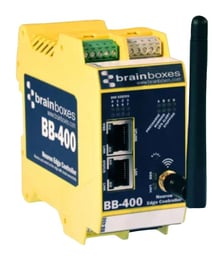INDUSTRIAL COMMUNICATIONS & SIGNAL CONDITIONING
PRODUCT HIGHLIGHTS
programmable logic controller (PLC)
PLCs are digital computers that can control the operation of machines and processes in manufacturing plants.
-
They are used in industries such as automotive, food and beverage, pharmaceuticals, and more.
-
PLCs can be programmed to perform specific tasks, such as monitoring and controlling temperature, pressure, and speed.
-
They are designed to withstand harsh industrial environments and can operate 24/7 without interruption.
-
PLCs have evolved over time and can now be integrated with other systems, such as sensors, actuators, and human-machine interfaces.
-
PLC programming languages include ladder logic, function block diagram, and structured text.
-
PLCs have many advantages, including improved efficiency, accuracy, and safety, as well as reduced costs and downtime.
Cellular Routers
Cellular routers are devices that use cellular networks to connect machines and devices wirelessly.
-
They can be used in a wide range of industries, including manufacturing, transportation, and logistics.
-
Cellular routers provide a reliable and secure connection between machines, allowing them to communicate with each other and with central control systems.
-
They can be used to monitor and control processes in real-time, improving efficiency and reducing downtime.
-
Cellular routers are designed to withstand harsh industrial environments and can operate in extreme temperatures, high humidity, and other challenging conditions.
-
They are equipped with advanced security features, such as firewalls, VPNs, and encryption, to protect against cyber threats.
-
Cellular routers can be configured and managed remotely, reducing the need for on-site maintenance and support.
Ethernet I/O
Ethernet I/O refers to the use of Ethernet networking protocols to communicate with input/output devices in manufacturing and automation systems.
-
This technology has gained popularity in recent years due to its many advantages, such as reduced wiring costs and increased flexibility.
-
Ethernet I/O devices come in a variety of form factors, including standalone modules, DIN rail-mounted units, and integrated devices.
-
Ethernet I/O systems can be easily scaled up or down as needed, making them ideal for both large and small manufacturing and automation applications.
-
Some of the benefits of Ethernet I/O include faster data transfer speeds, increased reliability, and improved diagnostics and troubleshooting capabilities.
-
Ethernet I/O is compatible with a variety of industrial protocols, making it easy to integrate with existing manufacturing and automation systems.
hUMAN MACHINE INTERFACE (HMI)
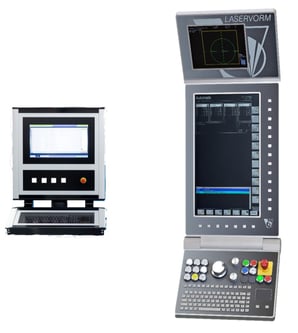
HMI is a technology that enables people to control and monitor machines and processes in manufacturing and automation systems.
-
HMI devices come in a variety of forms, including touchscreens, keypads, and graphical user interfaces (GUIs).
-
The goal of HMI is to provide an intuitive, easy-to-use interface that allows operators to control and monitor machines and processes in real-time.
-
HMI can be used in a variety of manufacturing and automation applications, including assembly lines, packaging systems, and robotics.
-
Some of the benefits of HMI include improved productivity, reduced downtime, and enhanced safety.
-
HMI systems can be customized to meet the specific needs of different manufacturing and automation applications, making them highly flexible and adaptable.
INDUSTRIAL KEYBOARDS
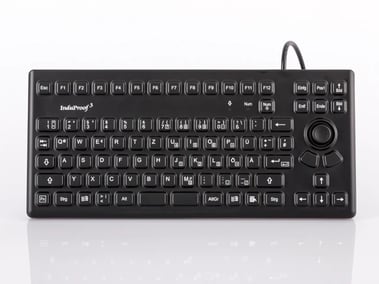
Industrial keyboards are specifically designed for use in manufacturing and automation applications, where they may be exposed to harsh environments such as dust, water, and chemicals.
-
Industrial keyboards are typically constructed using durable materials such as stainless steel and may include features such as sealed keypads and backlit keys.
-
Some industrial keyboards are designed for use in environments with high levels of electromagnetic interference (EMI) and may include features such as EMI shielding and filtering.
-
Industrial keyboards are available in a variety of form factors, including standalone units, integrated keyboards, and keyboards with built-in pointing devices such as touchpads or trackballs.
-
The durability and reliability of industrial keyboards can help reduce downtime and maintenance costs, improving the overall efficiency of manufacturing and automation systems.
Loop & Process Signal Conditioners
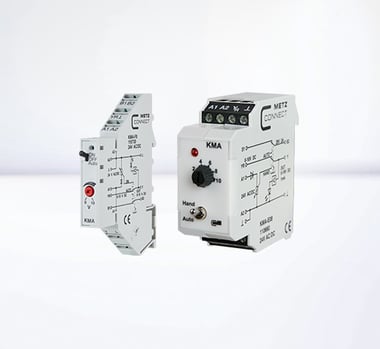
Loop and process signal conditioners are used to convert and condition signals from sensors, transducers, and other devices into a form that can be accurately measured and controlled.
-
Loop signal conditioners are used to condition signals in 4-20 mA loops commonly used in industrial process control systems.
-
Process signal conditioners are used to condition signals in a variety of analog and digital signal types, including voltage, current, thermocouple, and RTD signals.
-
Signal conditioners can perform a variety of functions, including amplification, isolation, filtering, linearization, and conversion between different signal types.
-
Signal conditioners are typically housed in rugged enclosures and designed to withstand harsh environments, such as those found in manufacturing and automation applications.
-
The use of signal conditioners can help reduce measurement errors, improve process efficiency, and reduce maintenance costs.
Media Converters
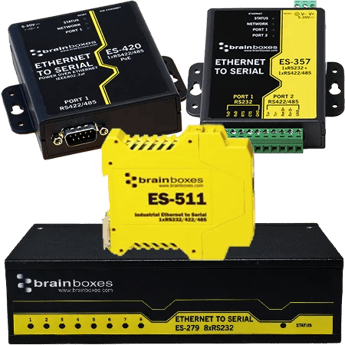
Media converters are used to connect different types of networks and devices, such as copper and fiber networks or Ethernet and serial devices.
-
Media converters convert the signal format of one network or device to another, allowing them to communicate with each other.
-
Media converters are typically small devices that can be easily installed in a variety of locations, such as on a wall or rack-mounted in a data center.
-
Media converters can help extend the range of a network or device, as well as improve its performance and reliability.
-
Media converters can be used to integrate new technologies into existing networks, such as adding fiber connectivity to a copper-based network.
-
The use of media converters can help reduce the cost and complexity of network infrastructure, as well as improve the overall efficiency and reliability of manufacturing and automation systems.
Network Switches and Ethernet Gateways

Network switches and Ethernet gateways provide a variety of features, such as VLAN support, QoS, and IGMP snooping, to improve the performance and reliability of network communication.
-
Network switches are used to connect multiple devices on a network and allow them to communicate with each other.
-
Ethernet gateways are used to connect different types of networks or devices, such as Ethernet and serial devices or wireless and wired networks.
-
Industrial network switches and Ethernet gateways are designed to withstand harsh environments and provide reliable communication in manufacturing and automation systems.
-
Many network switches and Ethernet gateways include features such as redundant power supplies and multiple communication ports to improve system availability and uptime.
-
Network switches and Ethernet gateways can be managed through a variety of interfaces, including a web-based GUI or command-line interface, to allow for easy configuration and management.
-
The use of network switches and Ethernet gateways can help reduce network complexity and improve communication between devices and networks in manufacturing and automation systems.
Temperature controller
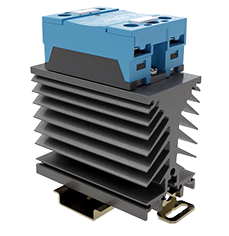
Temperature controllers are used to regulate the temperature of a process or device, such as an oven or furnace, by controlling the output of a heating or cooling element.
-
Temperature controllers can be analog or digital and may include features such as programmable setpoints, alarms, and PID control algorithms.
-
Many temperature controllers are designed for specific applications, such as melt pressure control in plastic extrusion or temperature control in semiconductor manufacturing.
-
Temperature controllers can help improve process efficiency, reduce waste, and ensure product quality by maintaining tight temperature control.
-
Temperature controllers can be integrated with other automation systems, such as PLCs or SCADA systems, to enable remote monitoring and control of temperature.
-
The use of temperature controllers can help reduce the risk of operator error and improve process repeatability.
©2025 DMCS® - All rights reserved. Privacy

